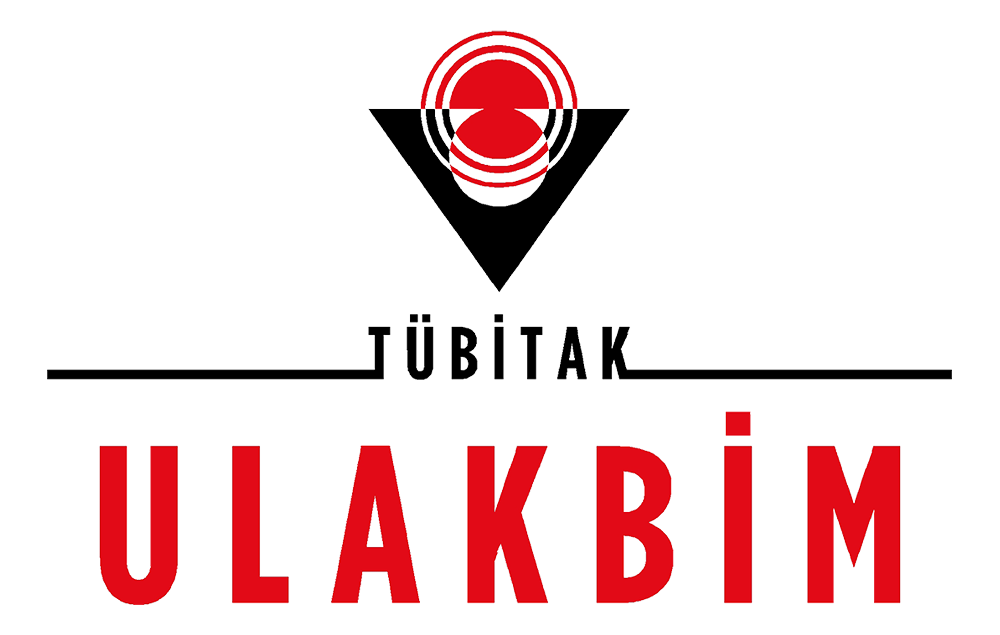Ultrasound-Guided Parasacral Ischial Plane Block for Lower Limb Surgeries in High-Risk Patients – Comparison of Two Sites of Needle Placement
Khaja Mohideen Sherfudeen1, Sree Kumar E J2, Indupriyadarshini Jayapal1, Nirmalkumar Sankarlal1, Sivagurunathan Jawahar1, Senthil Kumar Kaliannan11Kauvery Hospitals, Department of Anesthesiology, India2Sri Ramachandra Institute of Higher Education and Research, Department of Anesthesiology, India
Objective: Parasacral Ischial Plane (PIP) block is a newer ultrasound-guided fascial plane approach to sacral plexus (SP). In the PIP block, the needle is inserted aiming towards the posteromedial surface of the ischium to inject the local anesthetic. Studies have shown PIP block to produce a good sensory block with no or partial motor block. We found that a small change of needle tip towards the end of posteromedial surface of ischium produces a good motor block. Hence, we compared the block characteristics of two sites of needle tip placement in the PIP block.
Methods: Thirty patients of ASA 3-4, aged 30 - 80 years, scheduled for lower limb surgeries, were included. They were randomly allocated into two groups based on the needle tip placement. Group 1 – end of posteromedial surface of the ischium and Group 2 – posteromedial surface of the ischium.Ultrasound-guided PIP block was given with 0.5% of ropivacaine with the needle tip placement as per the group. Onset of sensory block, motor block and degree of motor block were compared.
Results: Group 1 had shorter sensory and motor block onset time (p<0.001). Thirteen patients in Group 1 had complete motor block, while no patients in Group 2 had complete motor block at 30 minutes (p<0.001).
Conclusion: A small change of moving the needle tip towards the edge of posteromedial surface of ischium produces better block characteristics.
Yüksek Riskli Hastalarda Alt Ekstremite Ameliyatlarında Ultrason Kılavuzluğunda Parasakral İskial Düzlem Bloğu – İki İğne Yerleştirme Bölgesinin Karşılaştırılması
Khaja Mohideen Sherfudeen1, Sree Kumar E J2, Indupriyadarshini Jayapal1, Nirmalkumar Sankarlal1, Sivagurunathan Jawahar1, Senthil Kumar Kaliannan11Kauvery Hastaneleri, Anesteziyoloji Bölümü, Hindistan,2Sri Ramachandra Yükseköğrenim ve Araştırma Enstitüsü, Anesteziyoloji Bölümü, Hindistan
Amaç: Parasakral İskiyal Plan (PIP) bloğu, sakral pleksusa (SP) yönelik daha yeni bir ultrason kılavuzluğunda fasyal plan yaklaşımıdır. Parasakral iskial plan bloğunda, iğne, lokal anesteziği enjekte etmek için iskiyumun posteromedial yüzeyine doğru hedeflenerek girilir. Çalışmalar, PIP bloğunun motor bloğu olmadan veya kısmi motor bloğu ile iyi bir duyusal blok ürettiğini göstermiştir. İskiyumun posteromedial yüzeyinin sonuna doğru iğne ucunda küçük bir değişiklik yapmanın iyi bir motor blok oluşturduğunu bulduk. Bu nedenle, PIP bloğunda iğne ucunun iki farklı yerleştirildiği bölgenin blok özelliklerini karşılaştırdık.
Yöntem: Alt ekstremite cerrahisi planlanan, 30 - 80 yaş aralığında, ASA 3-4 olan otuz hasta çalışmaya dahil edildi. İğne ucu yerleşimine göre rastgele iki gruba ayrıldılar. Grup 1 - iskiyumun posteromedial yüzeyinin sonu ve Grup 2 - iskiyumun posteromedial yüzeyi. Ultrason rehberliğinde PIP bloğu, iğne ucu yerleşimi gruba göre olacak şekilde %0,5 ropivakain ile verildi. Duyusal blok başlangıcı, motor blok ve motor blok derecesi karşılaştırıldı.
Bulgular: Grup 1’de daha kısa duyusal ve motor blok başlangıç süresi vardı (p<0,001). Grup 1’deki on üç hastada tam motor blok vardı, Grup 2’deki hiçbir hastada ise 30. dakikada tam motor blok yoktu (p<0,001).
Sonuç: İğne ucunu iskiyumun posteromedial yüzeyinin kenarına doğru hareket ettirmede küçük bir değişiklik daha iyi blok özellikleri üretir.
Manuscript Language: English
(97 downloaded)

















